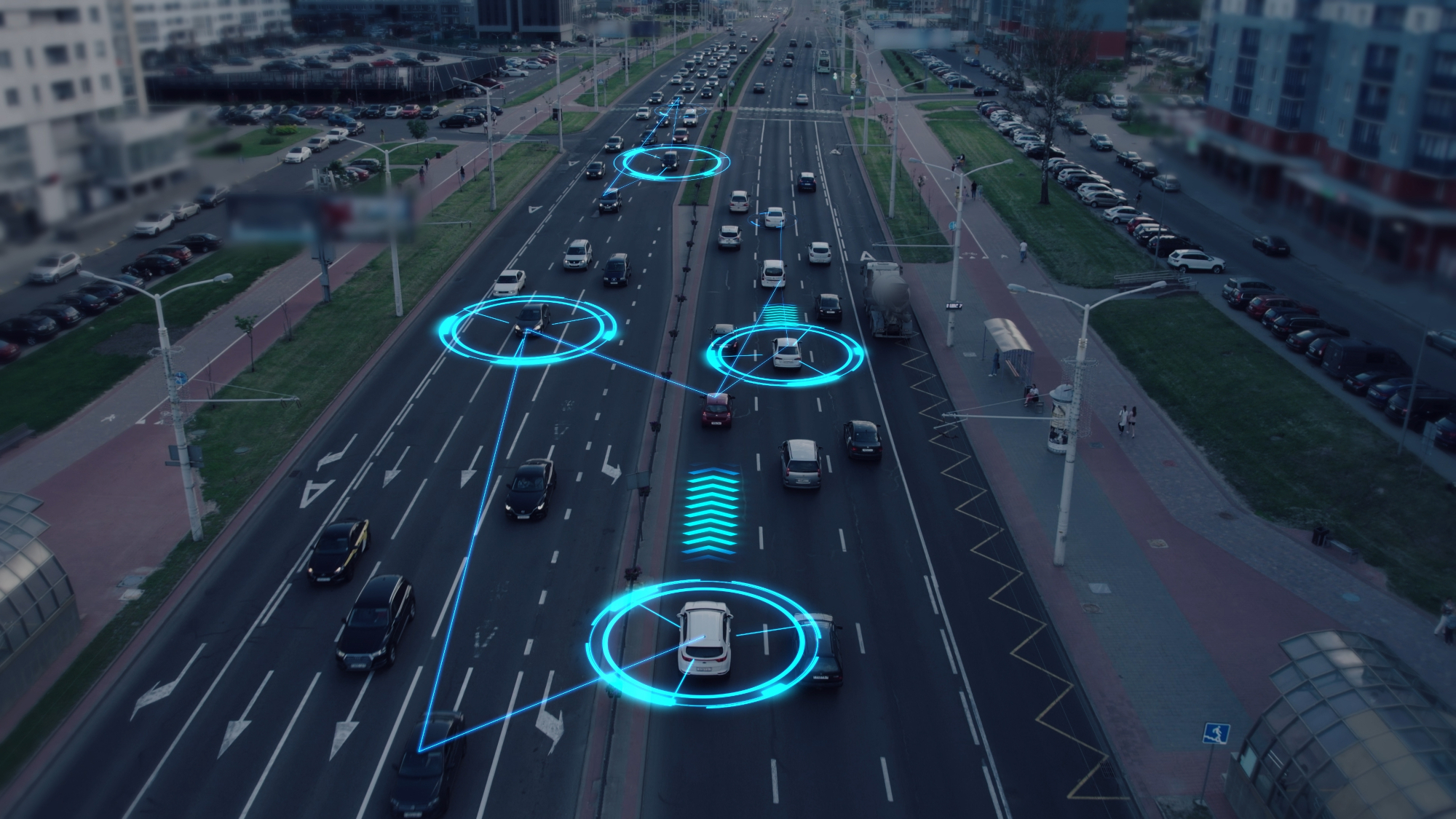
V-Edge patent to make vehicle-to-vehicle communication more efficient and effective
A communication system that connects vehicles and infrastructure to raise safety and control levels. This is the heart of V-Edge, a patent resulting from research work between Politecnico and Northeastern University in Boston which, after initial trials, is now ready for more complex experimentation and market launch.
V-Edge is a tool for creating vehicular communication networks that puts ‘Vehicular Edge Intelligence’ (VEI) into practice. V-Edge combines technologies using exclusively unlicensed frequency bands, and is able to connect different devices and services to each other, enabling the use of artificial intelligence for object recognition and sensor data analysis, video streaming, low-latency information exchange, and other use cases.
The patent was developed by Francesco Raviglione, researcher at the Department of Electronics and Telecommunications-DET, and Claudio Casetti, lecturer at the Department of Automation and Informatics-DAUIN, together with Francesco Restuccia of Northeastern University.
Raviglione explains: "The patent originated during a PhD period at Northeastern University, which supported it with a Proof of Concept (PoC) project. The basic idea stemmed from an interest in vehicular networks, i.e. wireless networks that can connect vehicles, infrastructure and other road users to each other and allow data to be exchanged between them. This is the first step towards safer, self-driving vehicles. In general, we have realised that the further we go with vehicle automation, the more sophisticated the technology needs to be. A goal whose attainment implies ever higher transmission speeds for large amounts of data, combined with the need for ever shorter transmission delays. A need that becomes especially pressing when there is a need to ensure high levels of security and enable use cases that require artificial intelligence" concludes Raviglione.
Thanks to the use of multiple unlicensed frequency bands, V-Edge also solves the problem of traffic capacity that current cellular networks have, as well as the issue of coverage over the territory and the costs associated with the technologies that can be used.
There are basically two innovative ideas behind the communication system.
Firstly, the use of frequencies that are not those on which mobile phones work and that are not under licence, through Wi-Fi-based networks.
Secondly, the combination of different technologies to arrive at reliable results that meet the variety of requirements of different use cases. The V-Edge platform uses three different technologies: vehicular Wi-Fi (Dedicated Short Range Communications - DSRC), high-frequency Millimeter Wave (mmWave) communication, and traditional Wi-Fi.
Raviglione warns: “The V-Edge platform is not only this, but also a series of modules and technologies that, among other things, provide for the enhancement of the standards available today for vehicular communications, so as to enable very advanced and complex real-time performance. These modules include a system to efficiently distribute the load between vehicles and infrastructure, enabling complex artificial intelligence tasks to be performed even with limited in-vehicle resources.”
V-Edge can be applied for both autonomous and assisted driving; both for communication between vehicles and between vehicles and road infrastructure.
It is a system that today requires, to a significant extent, the intervention of companies. In fact, companies are needed that can prove the effectiveness of the technology under real conditions and launch the patent on the market. Companies that will then have the opportunity to enter into a partnership with Politecnico in order to make the application easier and more efficient or to acquire the use of the patent licence.